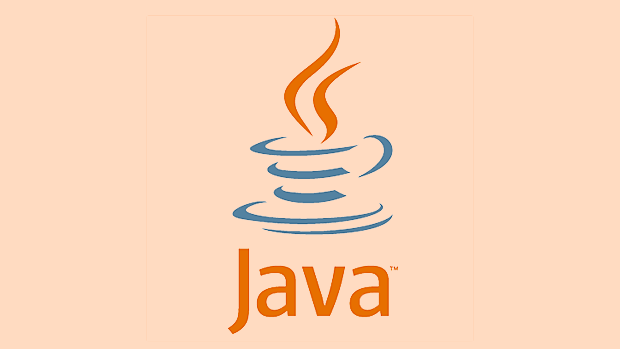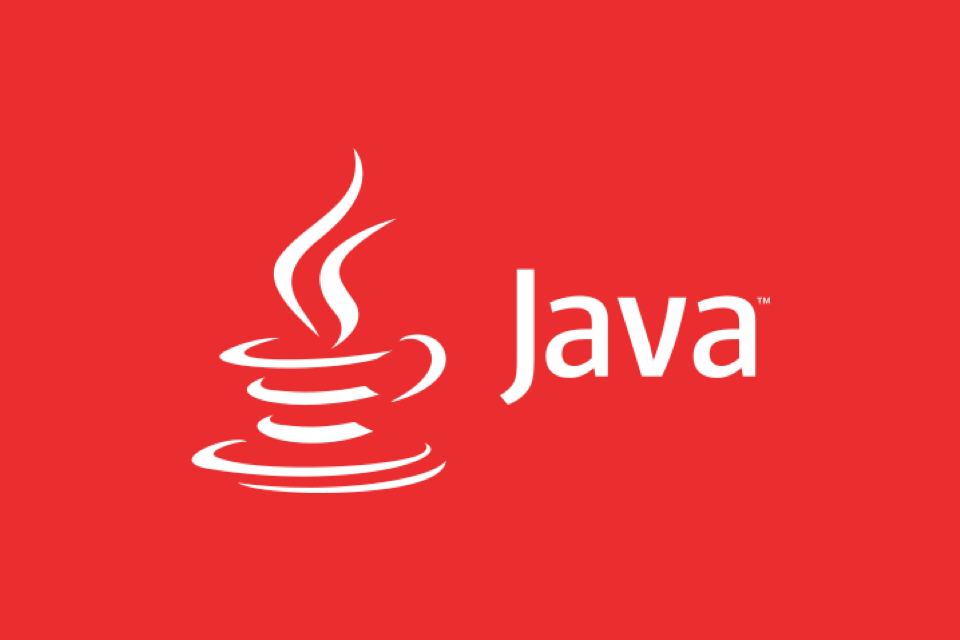Java Cloud Integration Patterns with Spring Cloud
Mastering the Spring Cloud integration model is crucial to building modern distributed systems. 1. Service registration and discovery: Automatic service registration and discovery is achieved through Eureka or Spring Cloud Kubernetes, and load balancing is performed with Ribbon or LoadBalancer; 2. Configuration center: Use Spring Cloud Config to centrally manage multi-environment configurations, supporting dynamic loading and encryption processing; 3. API gateway: Unify the entry, routing control and permission management with Spring Cloud Gateway, and support current limiting and logging; 4. Distributed link tracking: combine Sleuth and Zipkin to realize full-process visual tracking to improve problem-solving efficiency. These core models revolve around efficient collaboration of microservices and are essential skills for Java developers.

When building modern distributed systems, Java developers often use Spring Cloud to achieve integration between cloud services. Spring Cloud provides a complete set of tools and models to help us deal more efficiently with service discovery, configuration management, API gateway, load balancing and other issues. If you are doing work related to microservice architecture, it is very necessary to master these integration models.

Service registration and discovery: Let services "find" each other
The core of the microservice architecture lies in the collaborative work of multiple independent services, and the first step is to enable them to discover each other.
Spring Cloud uses Eureka (an open source component of Netflix) as the default service registry. You just need to add the @EnableEurekaServer annotation to the main application to quickly build a registration center. Other services will be automatically registered when they start up and a heartbeat will be sent regularly to maintain active status.

- The service consumer performs client load balancing through Ribbon or LoadBalancer, and obtains the instance list from Eureka according to the service name.
- If you are using cloud-native platforms such as Kubernetes, you can also consider using Spring Cloud Kubernetes to replace Eureka.
Suggestion: In the development environment, strict restrictions on health checks can be turned off (such as eureka.instance.lease-renewal-enabled=false ) to avoid frequent service down-line affecting debugging.
Configuration Center: Unified management of multi-environment configurations
The configurations in different environments (dev, test, prod) vary greatly, and manual maintenance is prone to errors. Spring Cloud Config provides a centralized configuration management solution.

You can place the configuration file in the Git repository and then expose it to each microservice through Config Server. When the service starts, the configuration information of the corresponding environment will be automatically pulled.
For example:
spring:
cloud:
config:
uri: http://config-server:8888
profile: dev
label: main In this way, your service can dynamically load application-dev.yml configuration under main branch.
Notes:
- Vault or encryption can be combined to improve the security of sensitive data
- Use
@RefreshScopeto enable some beans to automatically refresh after configuration update
API Gateway: Unified Ingress Routing Permission Control
When your number of services increases, it is unrealistic to directly expose the interfaces of each service. At this time, an API gateway is needed to serve as a unified entrance.
Spring Cloud Gateway is the mainstream choice now. It supports routing rules based on paths, hosts, headers and other methods, and can also integrate fuses, current limiting, authentication and other functions.
For example, you can define a simple route like this:
spring:
cloud:
gateway:
routes:
- id: user-service
uri: lb://user-service
Predicates:
- Path=/api/user/** This rule means that all requests accessing /api/user/** will be forwarded to the user-service service.
Additional suggestions:
- Can cooperate with OAuth2 or JWT for authentication and authorization
- Gateway layer plus logging helps troubleshoot problems
- Set up a current limiting strategy for high-frequency call interfaces to prevent burst traffic from overwhelming the system
Distributed link tracking: see the entire process of request flow clearly
The call relationship between microservices is complex, and it is difficult to locate once performance problems occur. At this time, link tracking combinations like Sleuth Zipkin are needed.
Spring Cloud Sleuth will automatically add traceId and spanId in each request, while Zipkin is responsible for collecting this information and displaying it into a visual call chain.
You can enable this function through simple configuration:
spring:
zipkin:
base-url: http://zipkin-server:9411
sleuth:
sampler:
probability: 1.0 # The sampling rate is 100%, and the production environment is recommended to reduceLater, in Zipkin's UI interface, you can see what services a request passes, how much time it takes, and whether there are any exceptions.
Tips: Adding traceId to the log output can be conveniently associated with specific calling links, which is very useful for troubleshooting online problems.
Basically that's it. Although these integration models seem to be quite a lot, they all revolve around "how to make microservices collaborate better." With these masters, you can build and maintain systems more freely in the Spring Cloud ecosystem.
The above is the detailed content of Java Cloud Integration Patterns with Spring Cloud. For more information, please follow other related articles on the PHP Chinese website!

Hot AI Tools

Undress AI Tool
Undress images for free

Undresser.AI Undress
AI-powered app for creating realistic nude photos

AI Clothes Remover
Online AI tool for removing clothes from photos.

Clothoff.io
AI clothes remover

Video Face Swap
Swap faces in any video effortlessly with our completely free AI face swap tool!

Hot Article

Hot Tools

Notepad++7.3.1
Easy-to-use and free code editor

SublimeText3 Chinese version
Chinese version, very easy to use

Zend Studio 13.0.1
Powerful PHP integrated development environment

Dreamweaver CS6
Visual web development tools

SublimeText3 Mac version
God-level code editing software (SublimeText3)

Hot Topics
 go by example generics
Jul 29, 2025 am 04:10 AM
go by example generics
Jul 29, 2025 am 04:10 AM
Go generics are supported since 1.18 and are used to write generic code for type-safe. 1. The generic function PrintSlice[Tany](s[]T) can print slices of any type, such as []int or []string. 2. Through type constraint Number limits T to numeric types such as int and float, Sum[TNumber](slice[]T)T safe summation is realized. 3. The generic structure typeBox[Tany]struct{ValueT} can encapsulate any type value and be used with the NewBox[Tany](vT)*Box[T] constructor. 4. Add Set(vT) and Get()T methods to Box[T] without
 css table-layout fixed example
Jul 29, 2025 am 04:28 AM
css table-layout fixed example
Jul 29, 2025 am 04:28 AM
table-layout:fixed will force the table column width to be determined by the cell width of the first row to avoid the content affecting the layout. 1. Set table-layout:fixed and specify the table width; 2. Set the specific column width ratio for the first row th/td; 3. Use white-space:nowrap, overflow:hidden and text-overflow:ellipsis to control text overflow; 4. Applicable to background management, data reports and other scenarios that require stable layout and high-performance rendering, which can effectively prevent layout jitter and improve rendering efficiency.
 A Developer's Guide to Maven for Java Project Management
Jul 30, 2025 am 02:41 AM
A Developer's Guide to Maven for Java Project Management
Jul 30, 2025 am 02:41 AM
Maven is a standard tool for Java project management and construction. The answer lies in the fact that it uses pom.xml to standardize project structure, dependency management, construction lifecycle automation and plug-in extensions; 1. Use pom.xml to define groupId, artifactId, version and dependencies; 2. Master core commands such as mvnclean, compile, test, package, install and deploy; 3. Use dependencyManagement and exclusions to manage dependency versions and conflicts; 4. Organize large applications through multi-module project structure and are managed uniformly by the parent POM; 5.
 How to use Java MessageDigest for hashing (MD5, SHA-256)?
Jul 30, 2025 am 02:58 AM
How to use Java MessageDigest for hashing (MD5, SHA-256)?
Jul 30, 2025 am 02:58 AM
To generate hash values using Java, it can be implemented through the MessageDigest class. 1. Get an instance of the specified algorithm, such as MD5 or SHA-256; 2. Call the .update() method to pass in the data to be encrypted; 3. Call the .digest() method to obtain a hash byte array; 4. Convert the byte array into a hexadecimal string for reading; for inputs such as large files, read in chunks and call .update() multiple times; it is recommended to use SHA-256 instead of MD5 or SHA-1 to ensure security.
 Building RESTful APIs in Java with Jakarta EE
Jul 30, 2025 am 03:05 AM
Building RESTful APIs in Java with Jakarta EE
Jul 30, 2025 am 03:05 AM
SetupaMaven/GradleprojectwithJAX-RSdependencieslikeJersey;2.CreateaRESTresourceusingannotationssuchas@Pathand@GET;3.ConfiguretheapplicationviaApplicationsubclassorweb.xml;4.AddJacksonforJSONbindingbyincludingjersey-media-json-jackson;5.DeploytoaJakar
 Developing a Blockchain Application in Java
Jul 30, 2025 am 12:43 AM
Developing a Blockchain Application in Java
Jul 30, 2025 am 12:43 AM
Understand the core components of blockchain, including blocks, hashs, chain structures, consensus mechanisms and immutability; 2. Create a Block class that contains data, timestamps, previous hash and Nonce, and implement SHA-256 hash calculation and proof of work mining; 3. Build a Blockchain class to manage block lists, initialize the Genesis block, add new blocks and verify the integrity of the chain; 4. Write the main test blockchain, add transaction data blocks in turn and output chain status; 5. Optional enhancement functions include transaction support, P2P network, digital signature, RESTAPI and data persistence; 6. You can use Java blockchain libraries such as HyperledgerFabric, Web3J or Corda for production-level opening
 css dark mode toggle example
Jul 30, 2025 am 05:28 AM
css dark mode toggle example
Jul 30, 2025 am 05:28 AM
First, use JavaScript to obtain the user system preferences and locally stored theme settings, and initialize the page theme; 1. The HTML structure contains a button to trigger topic switching; 2. CSS uses: root to define bright theme variables, .dark-mode class defines dark theme variables, and applies these variables through var(); 3. JavaScript detects prefers-color-scheme and reads localStorage to determine the initial theme; 4. Switch the dark-mode class on the html element when clicking the button, and saves the current state to localStorage; 5. All color changes are accompanied by 0.3 seconds transition animation to enhance the user
 How to convert an Array to a List in Java?
Jul 30, 2025 am 01:54 AM
How to convert an Array to a List in Java?
Jul 30, 2025 am 01:54 AM
Converting an array into a list in Java requires selecting methods based on the data type and requirements. ① Use Arrays.asList() to quickly convert an object array (such as String[]) into a fixed-size List, but elements cannot be added or deleted; ② If you need a mutable list, you can encapsulate the result of Arrays.asList() through the ArrayList constructor; ③ For basic type arrays (such as int[]), you need to use StreamAPI conversion, such as Arrays.stream().boxed().collect(Collectors.toList()); ④ Notes include avoiding null arrays, distinguishing basic types from object types, and explicitly returning columns







